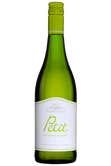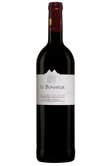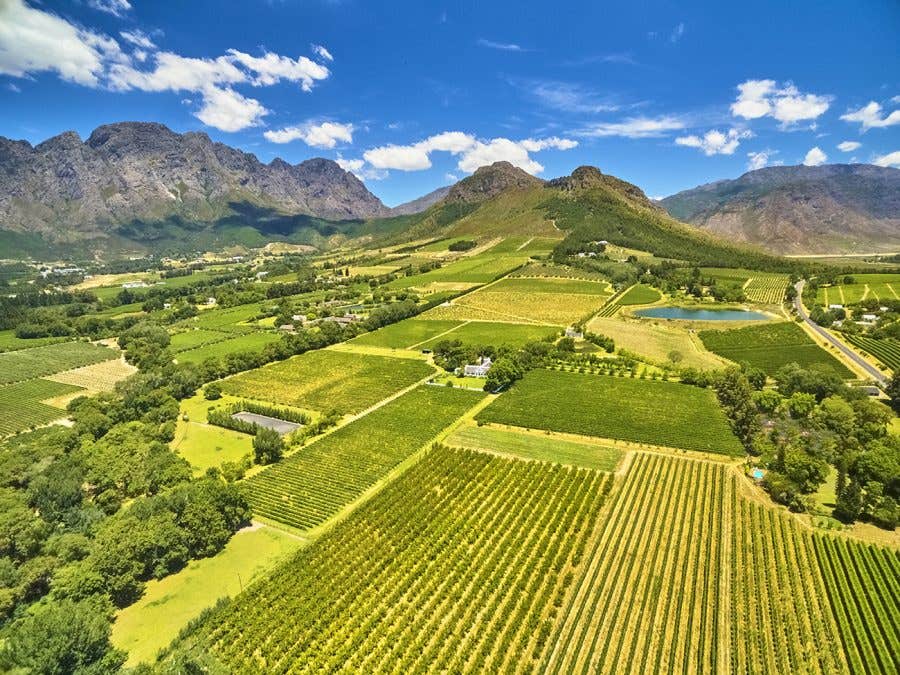A concise history
South Africa’s first grape vines were planted by Dutch settlers in the mid-XVIIth century, but it would take until the mid-1990s for South African wines to enter the global market. The end of 1980s-era anti-apartheid trade sanctions and restrictions meant that in the 1990s, South African winemaking experienced a paradigm shift, incorporating new winemaking techniques and making an appearance on the international wine stage. Twenty years later, the country’s wine offerings demonstrate impressive maturity with bottles that are both seductive and have depth.
Discover wines from South Africa
Grape varieties
International grape varieties are de rigueur: proximity to the ocean and mountains make for elegant, delicate Pinot Noirs. Despite these great bottles, it’s often Cabernet-Sauvignons, Merlots and Shirazes, and even Chardonnays and Sauvignons that are associated with this big country. A worthy discovery is local—and exclusively South African—varietal the Pinotage. Other out of the box choices? The Chenin Blanc (also known as ‘Steen), which often produces very appealing wines.
The taste?
South African bottles are best described as tasting somewhere between Old World and New World. Despite that ambiguous description, rest assured that these are unique wines, that frequently feature tell-tale smoky, charred accents. It’s these very notes that make these wines such great parings with the barbecue season, filled as it is with charred, smoked, and grilled foods. Here are two suggestions for a meal that celebrates this unique region’s exceptional wines. Gesondheid!
-

 Ken Forrester Petit Chenin Blanc Stellenbosch White wine | 750 ml South Africa , Western Cape$15.55Available Online Available In store
Ken Forrester Petit Chenin Blanc Stellenbosch White wine | 750 ml South Africa , Western Cape$15.55Available Online Available In store
Ken Forrester is a master of the art of creating fresh, dry, delicate and elegant Chenin Blancs. This is the ideal bottle to accompany your appetizers. It pairs perfectly with a Mediterranean dip made with mint and will definitely have your guests looking forward to the rest of the meal!
-

 Le Bonheur Cabernet-Sauvignon Stellenbosch 2021 Red wine | 750 ml South Africa , Western Cape
Le Bonheur Cabernet-Sauvignon Stellenbosch 2021 Red wine | 750 ml South Africa , Western Cape $24.50Available Online Available In store
$24.50Available Online Available In store
With a name like this, this bottle is sure to be a welcome sight on your table. This complex red has notes of blackcurrant, chocolate, charred wood, liquorice, and spices. Drink it now by decanting it in order to allow it to properly open up, and pair it with barbecued ribs, or cellar it for five to eight years and save it for a special occasion—your patience will be richly rewarded!
-
Inspiration
(746)
- Profiles (184)
- Interviews (77)
- Share (296)
- Trends (60)
- Tasting and service (47)
- Production methods (21)
- Conservation (5)
- Wine cultivation (27)
- Pairings and Taste Tags (26)
-
The SAQ is here
(87)
- SAQ Inspire Event (34)
- Donations and sponsorships (52)
- SAQ Inspire Contests (0)
-
About us
(48)
- Press releases (41)
- Career (4)
- Clarifications (3)
- Sustainable development (21)





 Free in-store delivery with purchases of $75+ in an estimated 3 to 5 business days.
Free in-store delivery with purchases of $75+ in an estimated 3 to 5 business days.





